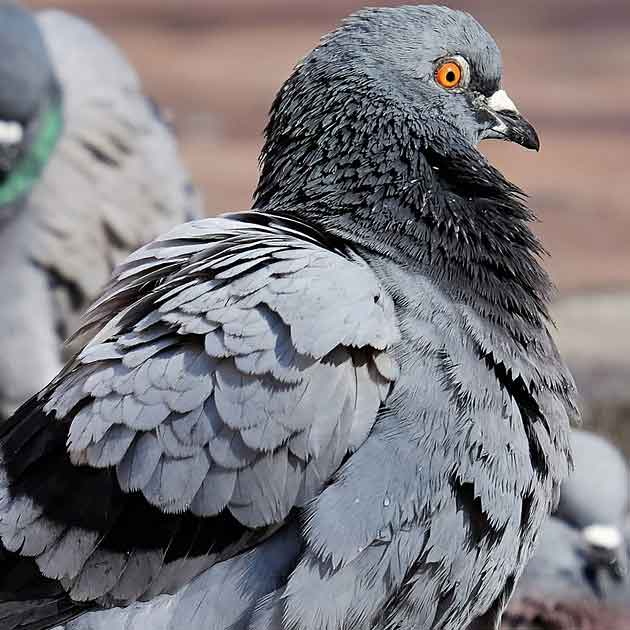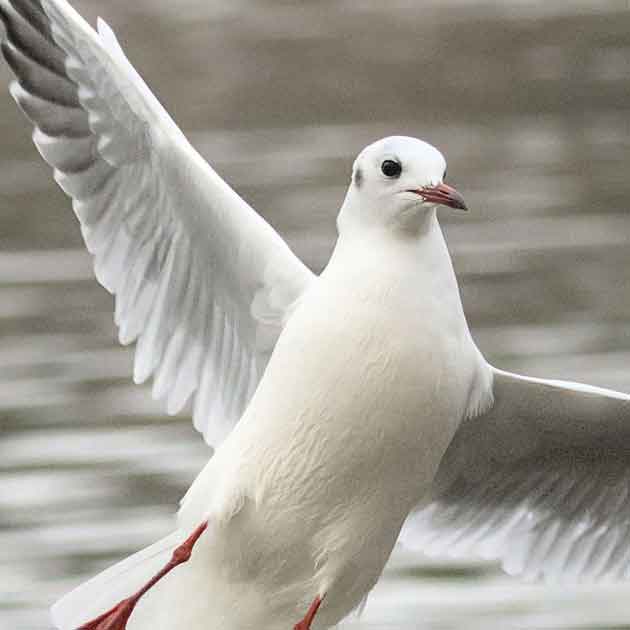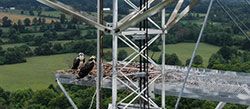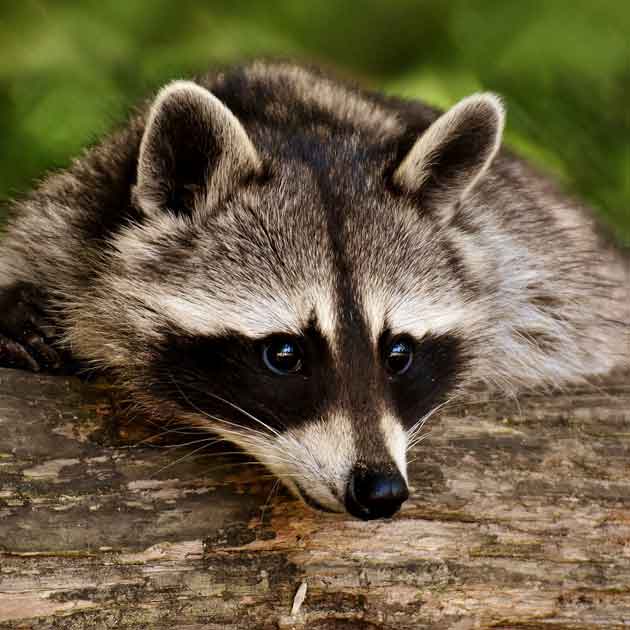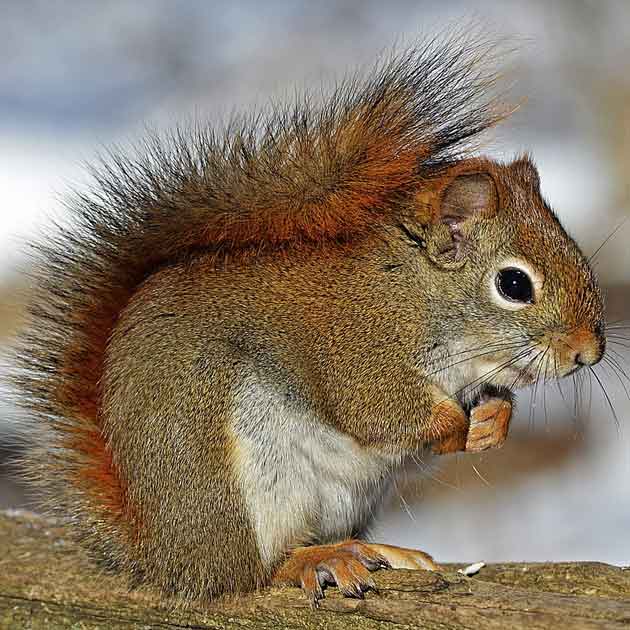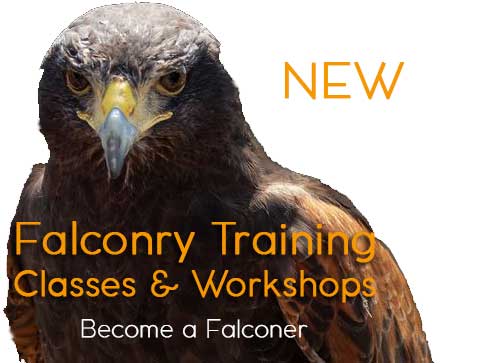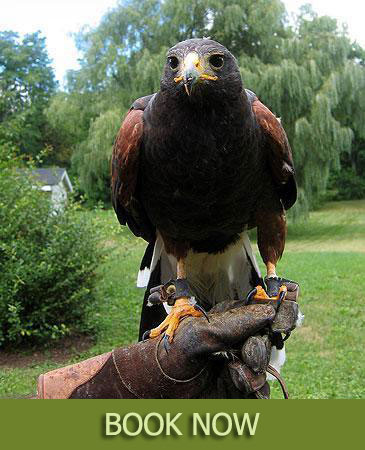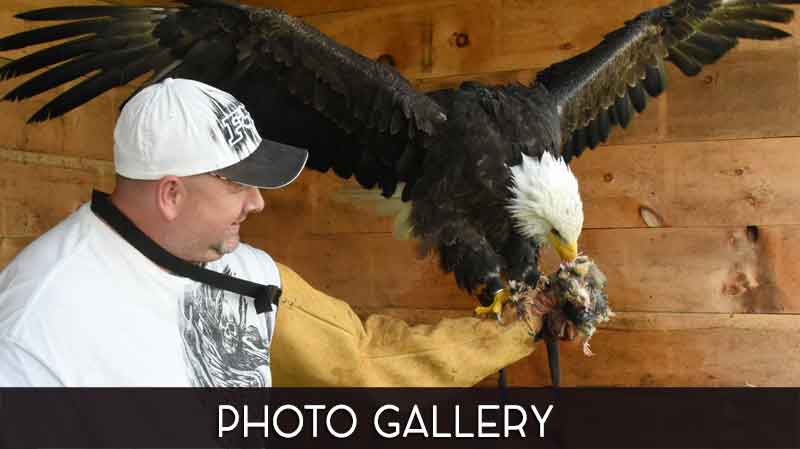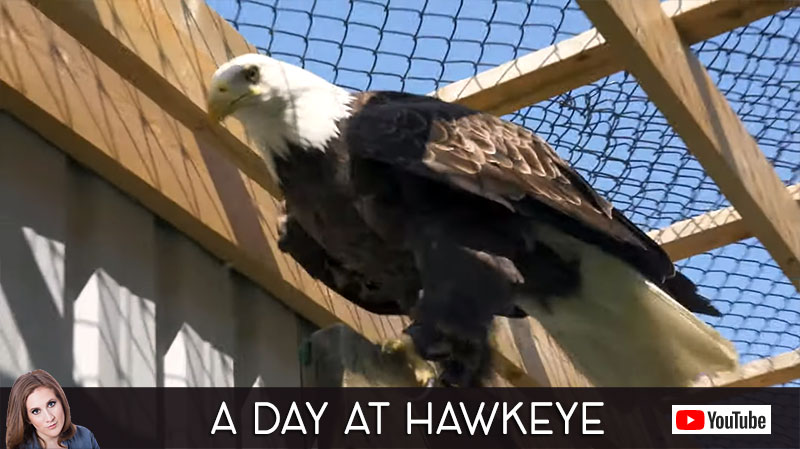Experience the Extraordinary
Join one of our Falconry Workshops at our 10-acre facility just outside of Toronto and learn to work with one of over 20 Birds of Prey, also known as raptors.
One of our pasionate and experienced falconers will share with you what is takes to train and work with these magnificent birds. You will learn a little about how each bird has its own personality and preferences and there is plenty of time for questions and pictures. Groups are small; we limit Experiences to 6 participants. You may be joined by other bird of prey enthusiasts. Should you desire to have the experience to yourself, please call us at 416-429-5393 to make special arrangements and check pricing.
And, the pièce de résistance: Fly a Bird of Prey yourself at the end of the workshop!
We ask that you do not bring children under 5 years of age. Children 6 and older are welcome to participate at the regular rate, so long as they are accompanied by a paying adult. Dogs are not permitted on the property. Everyone on the property must be a paying participant. No spectators (people watching).
You may select your Experience, date and time and make your reservation Online, or call us at 416-429-5393. Falconry Experiences are non-refunable. If necessary, we will make every effort to reschedule. After making your booking and submitting your payment, you'll need to download and complete the Waiver of Liability and send it to us prior to your arrival. Please note: Falconry Experiences are offered April - November | Owl Experiences November - March | Gift Certificates are available year-round!
3 HOUR WORKSHOP
$550 $200
Limited Time Offer
Meet our Birds of Prey, Learn about the art and sport of Falconry and how that applies to Hawkeye, Tour our mews, Meet one of our falcons, hawks and owls, Handle an owl, and fly a Harris Hawk.
$200 per person/plus HST. Maximum 6 participants.
Book now »
2 HOUR WORKSHOP
$425 $150
Limited Time Offer
Meet our Birds of Prey, Learn about the art and sport of Falconry and how that applies to Hawkeye, Tour our mews, Meet one of our falcons, hawks and owls, and fly a Harris Hawk.
$150 per person/plus HST. Maximum 6 participants.
Book now »
1 HOUR WORKSHOP
$300 $103
Limited Time Offer
Meet our Birds of Prey, Learn about the art and sport of Falconry and how that applies to Hawkeye, Tour our mews, and fly a Harris Hawk.
Invite a friend! Rate for 2 people $166, 3 people $269, 4 people $270 (4th person pays $1!),
5 people $373, 6 people $436.
All rates plus HST. Maximum 6 participants.
Book now »


